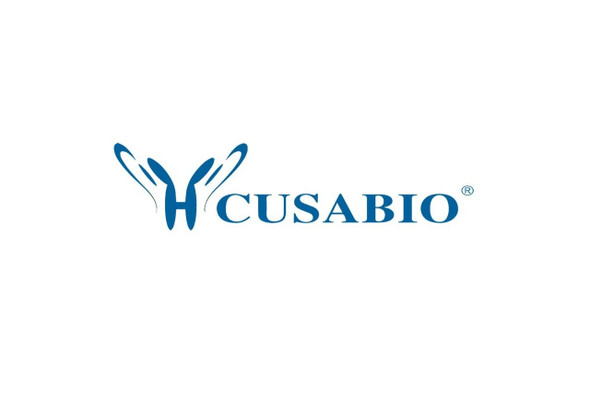Cusabio Polyclonal Antibodies
NAT10 Antibody | CSB-PA792051
- SKU:
- CSB-PA792051
- Availability:
- 3 to 7 Working Days
Description
NAT10 Antibody | CSB-PA792051 | Cusabio
NAT10 Antibody is Available at Gentaur Genprice with the fastest delivery.
Online Order Payment is possible or send quotation to info@gentaur.com.
Product Type: Polyclonal Antibody
Target Names: NAT10
Aliases: N-acetyltransferase 10 (GCN5-related)
Background: NAT-10 (N-acetyltransferase 10) is a nuclear protein that belongs to the UPF0202 family. It has a single N-acetyltransferase domain that likely functions as a histone acetyltransferase. NAT10 functions primarily to regulate the activity of telomerase. It is upregulated in response to DNA damage and is likely to take part in genotoxic resistance and DNA repair. NAT-10 has a high binding potential for the promoter region of TERT which stimulates the production of telomerase. These varieties of function imply that human telomerase complexes have multiple functions rather than specific duties.
Isotype: IgG
Conjugate: Non-conjugated
Clonality: Polyclonal
Uniport ID: Q9H0A0
Host Species: Rabbit
Species Reactivity: Human, Mouse
Immunogen: Fusion protein of human NAT10
Immunogen Species: Human
Applications: ELISA, WB
Tested Applications: ELISA, WB;ELISA:1:2000-1:5000, WB:1:500-1:2000
Purification Method: Antigen affinity purification
Dilution Ratio1: ELISA:1:2000-1:5000
Dilution Ratio2: WB:1:500-1:2000
Dilution Ratio3:
Dilution Ratio4:
Dilution Ratio5:
Dilution Ratio6:
Buffer: -20°C, pH7.4 PBS, 0.05% NaN3, 40% Glycerol
Form: Liquid
Storage: Upon receipt, store at -20°C or -80°C. Avoid repeated freeze.
Initial Research Areas: Cell Biology
Research Areas: Epigenetics & Nuclear Signaling;Cell biology;Signal transduction









